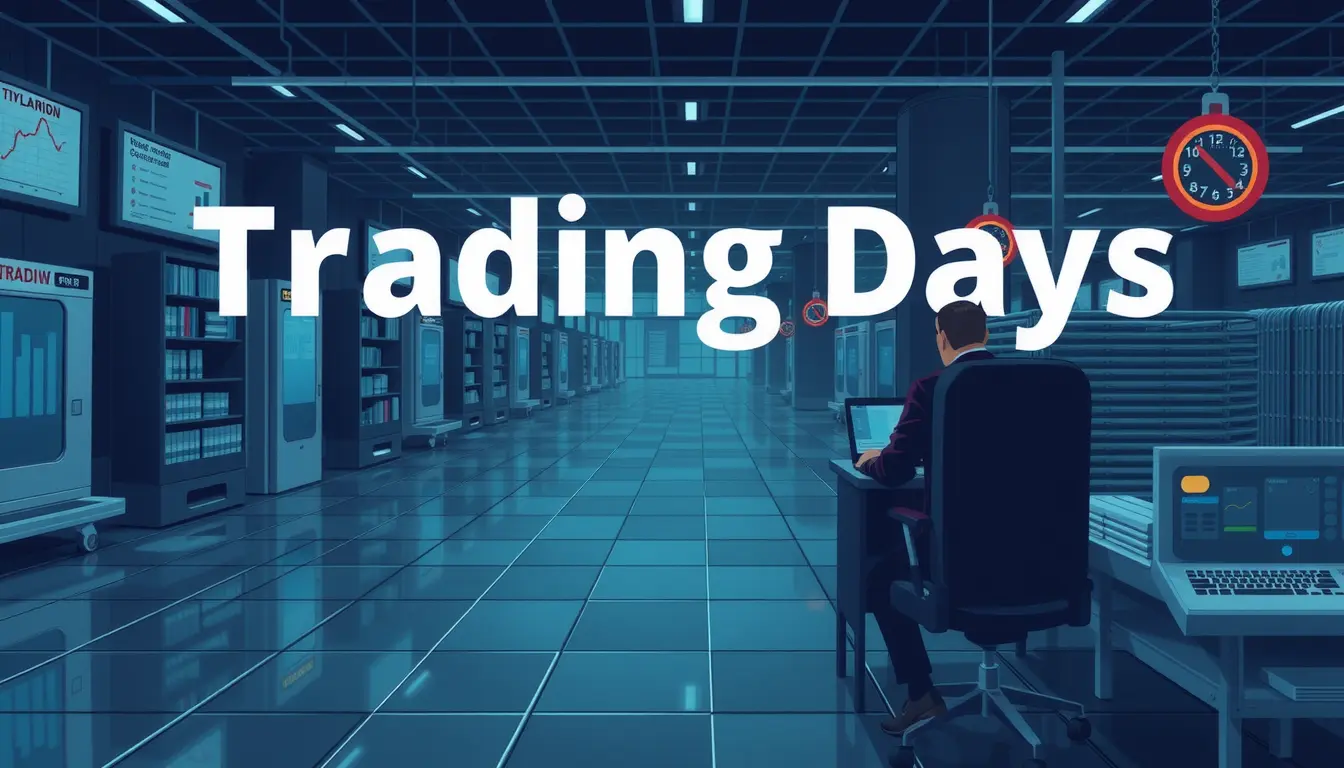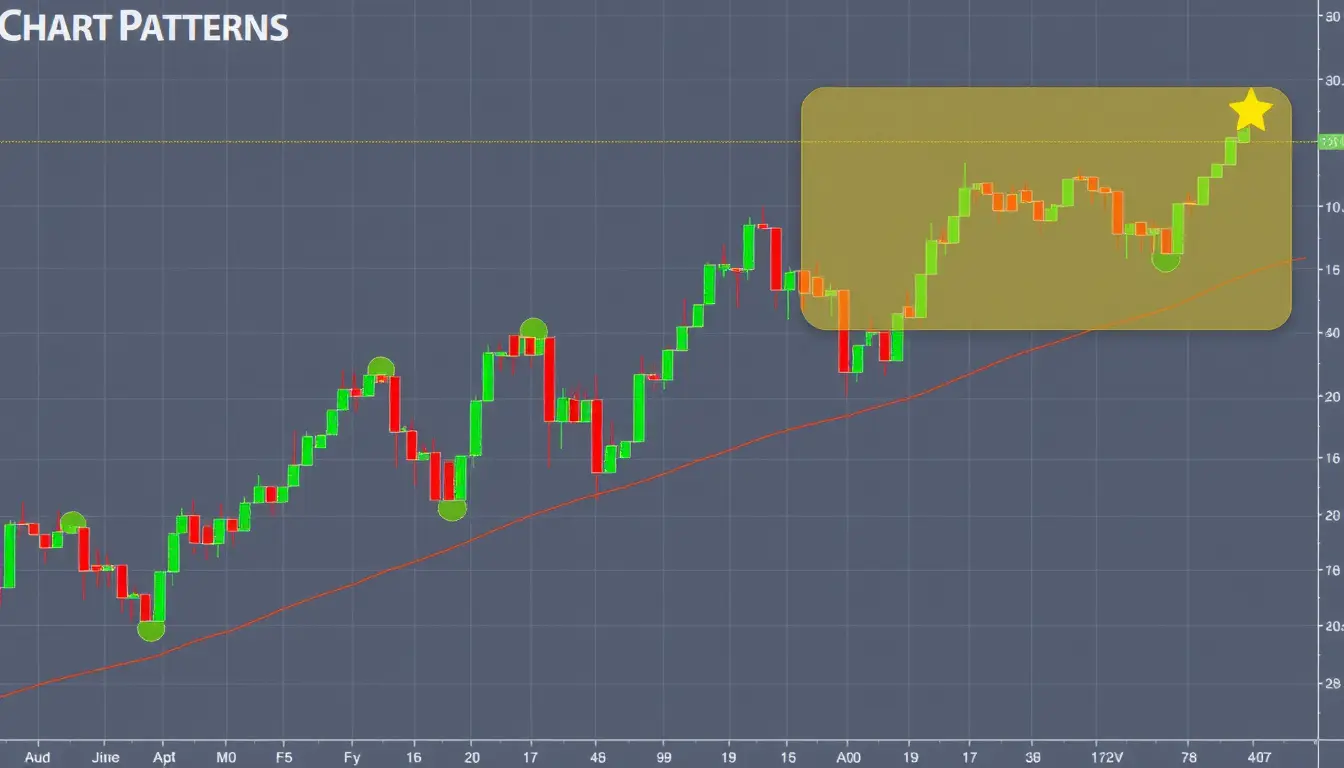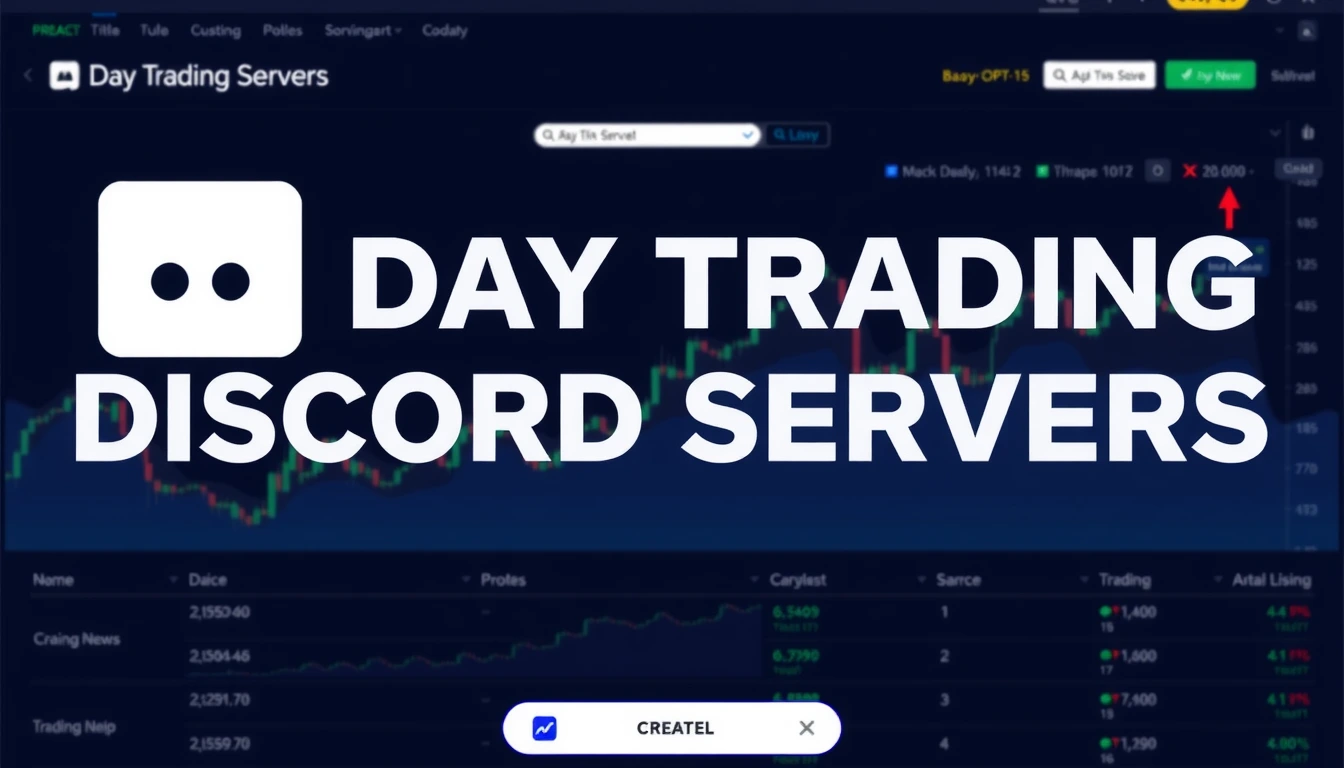Choosing the right monitor size is crucial for day traders, as it directly impacts efficiency, comfort, and overall performance. Day traders need to keep several charts, technical indicators, and news feeds visible at once. A well-sized display not only eases the strain on your eyes but also helps ensure that you don’t miss any critical market movements.
In this book, we’ll explore the best monitor sizes for day trading. We’ll look at the benefits of different sizes, consider resolution challenges, and determine whether an ultrawide screen or a multi-monitor setup is the optimal choice for your trading style.
Why Monitor Size Matters for Day Trading
The size of your trading monitor plays a crucial role in determining how much information you can see at once. With a larger screen, you’re able to track multiple stocks, FX pairs, or cryptocurrencies without constantly switching between windows or excessive scrolling. Here are a few reasons why investing in a bigger monitor can make a significant difference:
Enhanced Efficiency
A larger display lets you view more charts and trading tools simultaneously, streamlining your workflow and boosting your multitasking capabilities.
Improved Visualization
With more screen real estate, complex charts become easier to interpret, allowing you to grasp market trends and nuances more clearly.
Increased Productivity
When you have all the relevant data in view, you can make faster, more informed trading decisions, ultimately enhancing your overall productivity.
This approach not only simplifies monitoring but also helps you stay ahead in fast-paced trading environments.
Best Monitor Size for Day Trading: 24”, 27”, 32”, or Ultrawide?
The ideal monitor size for day trading largely depends on your workspace, budget, and personal preference. Let’s break down each monitor size and its benefits:
1. 24-inch Monitors: Compact and Budget-Friendly

A 24-inch monitor is the smallest size you should consider for day trading. While it is compact and budget-friendly, it has some limitations:
Pros:
- Affordable and widely available
- Fits easily in small trading setups
- Can be used in a multi-monitor arrangement
Cons:
- Limited screen real estate for multiple charts
- Smaller text and charts may strain the eyes
- Not ideal for high-resolution trading platforms
Verdict: A 24-inch monitor is only suitable if you have a multi-monitor setup or a very limited budget.
2. 27-inch Monitors: The Sweet Spot for Most Traders

A 27-inch monitor is one of the most popular choices among day traders due to its balance between screen size and desk space.
Pros:
- Offers sufficient space to display multiple charts and indicators
- 1440p (QHD) resolution is commonly available for better clarity
- Still compact enough to allow a dual-monitor setup
- Better viewing comfort compared to 24-inch monitors
Cons:
- May feel slightly small for traders managing numerous assets
- Requires at least 1440p resolution for optimal experience
Verdict: A 27-inch monitor is an excellent choice for day traders looking for a balance between affordability, screen space, and desk real estate.
3. 32-inch Monitors: Large Screen for Maximum Visibility

A 32-inch monitor is a great option for traders who prefer a large screen with high resolution. It provides ample space for multiple charts, indicators, and real-time news feeds without requiring additional monitors.
Pros:
- Plenty of screen space for complex trading setups
- Ideal for running multiple applications side by side
- Works well with high resolutions like 4K for ultra-clear details
- Reduces the need for multiple monitors
Cons:
- Takes up more desk space
- More expensive than 24- and 27-inch monitors
- Requires high resolution (1440p or 4K) to avoid pixelation
Verdict: A 32-inch monitor is perfect for traders who want a large single-screen solution without dealing with multi-monitor setups.
4. Ultrawide Monitors: A Multi-Monitor Alternative

Many traders are increasingly choosing ultrawide monitors (34 inches and above) that offer expansive aspect ratios like 21:9 or 32:9. They find that a single, large screen provides a more streamlined and efficient setup compared to juggling multiple monitors.
Pros:
- Provides as much screen real estate as two standard monitors
- Seamless workspace with no bezels in between screens
- Reduces clutter by eliminating multiple monitor stands and cables
- Works well for split-screen multitasking
Cons:
- More expensive than traditional monitors
- Some trading platforms may not be optimized for ultrawide resolutions
- Requires a powerful graphics card for smooth performance
Verdict: Ultrawide monitors are a great choice for traders who prefer a clean, single-screen setup while maintaining multi-chart visibility.
Additional Factors to Consider
1. Resolution Matters: 1080p, 1440p, or 4K?
Monitor resolution plays a crucial role in how clearly you can see your charts and trading data.
- 1080p (Full HD): Works well for 24-inch monitors but may look pixelated on larger screens.
- 1440p (QHD): Ideal for 27-inch and 32-inch monitors, offering a sharp and clear display.
- 4K (UHD): Best for 32-inch and ultrawide monitors, providing maximum clarity but requiring a strong graphics card.
2. Multi-Monitor Setups vs. Ultrawide Monitors

Many traders often optimize their workspaces with dual or triple monitor setups, ensuring that all essential data is visible at once. Alternatively, an ultrawide display offers a seamless, bezel-free experience that many find appealing.
- Multi-Monitor Setup:
- Pros: More flexibility, can mix different monitor sizes, redundancy if one fails
- Cons: Requires more desk space, additional cables, and more complex setup
- Ultrawide Monitor:
- Pros: Single seamless screen, clean workspace, immersive experience
- Cons: Expensive, requires a strong PC for smooth performance
3. Aspect Ratio: 16:9 vs. 21:9 vs. 32:9
- 16:9 (Standard Widescreen): The most common format, used in 24, 27, and 32-inch monitors.
- 21:9 (Ultrawide): Offers 30% more screen width than a standard widescreen, great for viewing multiple charts.
- 32:9 (Super Ultrawide): Essentially two monitors in one, providing the ultimate workspace for traders who need multiple views at once.
4. Refresh Rate & Response Time
For day trading, you might not need the ultra-high refresh rates typical of gaming monitors. However, choosing a display that refreshes at least 75 Hz—or ideally 120 Hz—can make chart transitions noticeably smoother. Pair this with a response time of under 5 milliseconds, and you’ll enjoy quick updates and minimal lag.
5. Connectivity & Adjustability
- Multiple HDMI & DisplayPort inputs: Useful for multi-device connectivity.
- Ergonomic Stand & VESA Mounting: Allows for better positioning and posture support.
- USB-C & Thunderbolt Support: Future-proofing for modern devices.
Final Verdict: Which Monitor Size is Best for Day Trading?
- Best Overall: 27-inch (1440p) monitor — a balanced choice for most traders.
- For Maximum Visibility: 32-inch (4K) monitor — ideal for traders who want a single, large screen.
- For Multi-Tasking: Ultrawide (34-inch or 49-inch) monitor — best for an uninterrupted multi-window experience.
- Budget-Friendly: 24-inch monitor — only recommended in a multi-monitor setup.
Choosing the right monitor size really comes down to your desk space, trading habits, and budget. If you’re a serious trader, you might opt for a single 32-inch 4K display, or alternatively, a dual setup with two 27-inch monitors at 1440p each can offer a versatile and efficient workspace.
Final Thoughts
Choosing the right monitor for day trading can really boost your productivity and help you make better decisions. Whether you go for an ultrawide display, a large single screen, or a dual-monitor setup, it’s important to ensure that your monitor meets your needs in terms of size, resolution, refresh rate, and connectivity.
A well-optimized trading station does more than just look impressive—it can also enhance how you analyze the market and execute trades. Investing in the right equipment and creating a comfortable, efficient workspace sets you up for success as a trader.
FAQ
1. Is a 24 inch monitor enough for trading?
For traders who actively manage multiple markets or indicators, using two or three monitors can significantly improve workflow and efficiency. A combination of 24-inch or 27-inch screens with a minimum QHD resolution ensures clear visuals and smooth multitasking, making it easier to track various assets simultaneously.
2. How much RAM do I need for day trading?
For a smooth day trading experience, your computer should have at least 8GB of RAM, though 16GB or more is recommended for optimal performance. The ideal RAM size depends on factors like the number of programs you have open, how many monitors you’re using, and whether you’re running tick charts or specialized indicators. More RAM ensures faster data processing and minimizes lag, helping you make quick and accurate trading decisions.
3. Is 4K monitor good for trading?
Upgrading to a 4K monitor can take your trading experience to the next level by providing crystal-clear visuals and incredible detail. With its high resolution, you can easily view multiple charts, data streams, and trading platforms all on one screen without sacrificing clarity. This means better decision-making and a more efficient workflow, helping you stay ahead in the fast-paced world of trading.
4. What is the best CPU for trading?
For trading, a powerful CPU is essential to ensure seamless performance. Most traders prefer an Intel Core i7 or i9 processor because it offers a high core and thread count, enabling efficient multitasking and rapid data processing. This is especially important when running multiple trading platforms, indicators, and analytical tools simultaneously. Intel processors are widely recommended due to their strong compatibility with various trading software and their ability to handle complex calculations with ease.
5. What specs of laptop is good for trading?
For smooth trading, you’ll need a laptop with at least a quad-core 2.8 GHz processor. However, if you’re looking for top-tier performance and an edge in the market, a high-powered machine like the Falcon F-30 Trading Laptop is a great choice. Equipped with a 14th Gen Intel Core i9 processor featuring 24 cores and a blazing 5.8 GHz Max Turbo speed, it ensures seamless multitasking and rapid trade execution.




